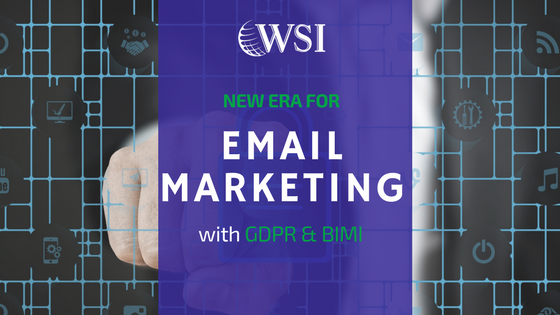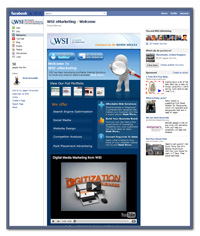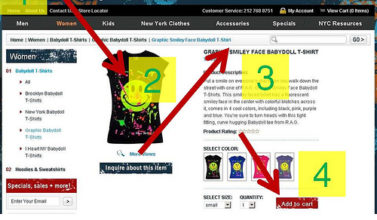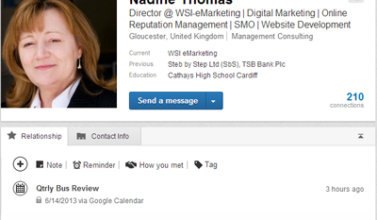
Most digital marketers know by now that General Data Protection Regulations (GDPR) will take effect in May 2018. It will directly impact and disrupt email marketing while email 3rd party data is likely to fall away completely. As this new European regulation impacts data profiling, you need to comply with the new requirements before you’re allowed to send personalised and targeted emails.
In addition, changes in email filtering at ISP levels are set to rewrite deliverability rules as we know it. ‘Spam’ and ‘Unsubscribe’ reports are no longer the primary means of deliverability results either. ISPs are forcing senders to move away from traditional email blasts to focus on a more segmented and personalised email marketing strategy to reach a larger audience. The focus is more on engagement through good content and not waiting for leads to unsubscribe after their 20th email in two weeks.
The Future Of Email Marketing: Testing, Authentication and Deliverability
Testing email deliverability and authentication are not new concepts. Although DMARC is newer, SPF and DKIM authentication standards are more than a decade old. While all three standards help brands with email deliverability, only 69.4% of marketers have adopted SPF, DKIM and DMARC. The Litmus State of Email Deliverability Report contains more information should you need further clarification.
Ensuring that emails are correctly designed and delivered to the right inbox is paramount. Adoption of authentication practices will continue to rise in 2018 as a direct result of the emerging Brand Indicators for Message Identification (BIMI) standard. Brand logos will be displayed next to authenticated messages and hopefully encourage more brands to use SPF, DKIM, and DMARC.
Should we really be surprised though? Getting subscribers’ explicit permission to send emails is the right thing to do and this requirement will be increasingly enforced. Companies that provide transparency, are respectful of audience privacy along with offering relevant and engaging content, will succeed in 2018.
So what will email marketing look like in the next five to ten years? Perhaps it changes completely into a format we can’t yet comprehend or maybe it remains unchanged. Among other possible predictions, the most common belief is that email will not change too much but that innovation within the email framework could be significant.
Optimised Email Design and Personalisation
In terms of email design, less is more will be the future trend. Keep your email design simple with an easy-to-use template and content to help your team create a more scannable email optimised for all devices.
The fact that around 51% of emails are opened on mobile devices means a mobile-friendly strategy should be a non-negotiable. It’s not just about the design and readability either; you also need to build a strategy for mobile users. The end-goal is to create a functional, attractive and value-adding mobile-first campaign for a complete customer experience.
The foundation of an effective email marketing strategy is personalisation and not just Hi {firstName}. Although it is still recommended to personally address your audience, adding things like birthday coupons or a notification on a new product based on their recent purchase history. Developing buyer personas from real data is incredibly useful to better understand your customer’s personal circumstance, lifestyle and buying habits. You can then create appropriate groups and segment your email list accordingly.
Marketers need to find technology that allows them to access all of their audience data in real-time so they can have a complete overview of what their customers are doing. Examples of such real-time data include demographics, customer satisfaction, lifestyle, spending habits, purchase behavior and brand interactions, among others.
Our Conclusion
The best way to determine the future is to look at current trends and where they’re headed. One thing is certain though, email marketing is not just about sales or promotions. Think for a minute about what your audience really want. For the most part, they need solutions to problems or answers to specific questions. Take the time to provide valuable and personalised content to your most engaged leads and you will reap the rewards.
These imminent changes mean companies will tighten up their use of personal data. As a result, could the negative stigma associated with brand email campaigns become a thing of the past?
If you would like to review the effectiveness of your email marketing strategy, get in touch today. We can help tailor specific solutions for your brand including Marketing Automation, Mobile Marketing, PPC, SEO, Social Media Management and more.
Related Post
Effective Facebook Marketing...
With over 600 million users, Facebook represents the single most connected platform on...
- March 1, 2011
- By Nadine Thomas
- Latest Online Trends
Top Tips for Product Page...
As the internet evolves and user expectation becomes increasingly sophisticated, creating...
- May 31, 2011
- By Rob Thomas
- e-Commerce
Content Sharing Via Social...
Target marketing to meet your business goals Is your business using social media channels...
- June 15, 2011
- By Nadine Thomas
- Digital Marketing
Improved Marketing With QR...
You may have already seen QR codes in use, a little square containing what seems to be a...
- August 16, 2011
- By Rob Thomas
- Mobile Marketing
Can you get help to fund your...
If you need a new website, it’s possible that you could get help towards the cost....
- May 30, 2013
- By Rob Thomas
- Digital Marketing
10 Best Ways to take...
Others may have seen a pop-up ‘invitation to upgrade’ message when they accessed...
- June 1, 2013
- By Rob Thomas
- Digital Marketing











Leave a Comments